Tag Archive for: international cooperation
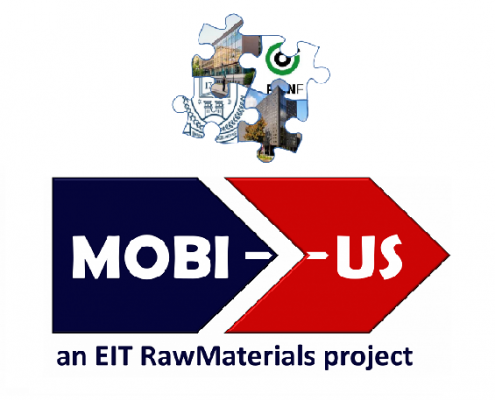
LPRC active during the last MOBI-US project Workshop
The final event of the MOBI-US project was held in Zagreb, Croatia,…
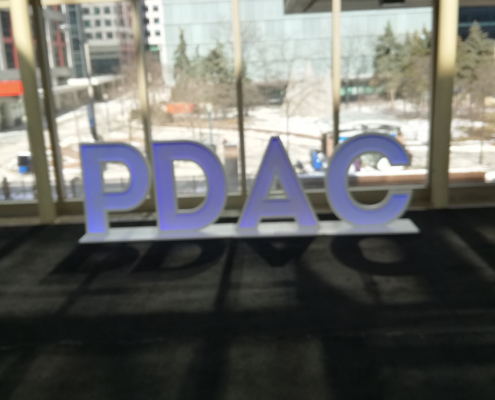 La Palma Research Centre
La Palma Research CentreLPRC at PDAC 2020
LPRC member Luís Lopes was present at the most recent PDAC convention,…
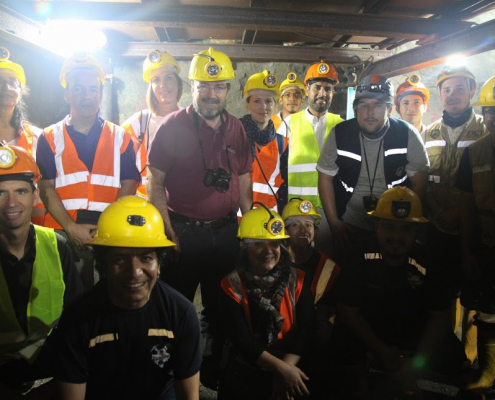
INTERMIN meeting, Ecuador
LPRC actively participated at the INTERMIN International Conference…
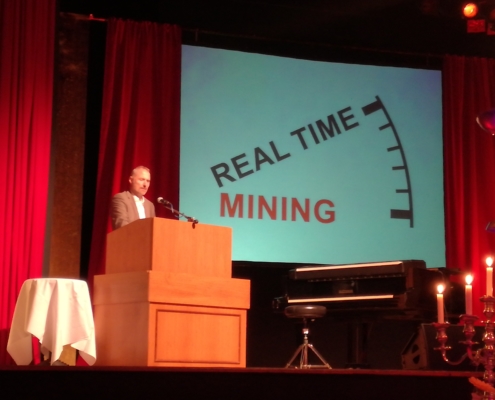
UNEXMIN at the 2nd International Real Time Mining Conference
The UNEXMIN project co-organized the 2nd edition of the Real…
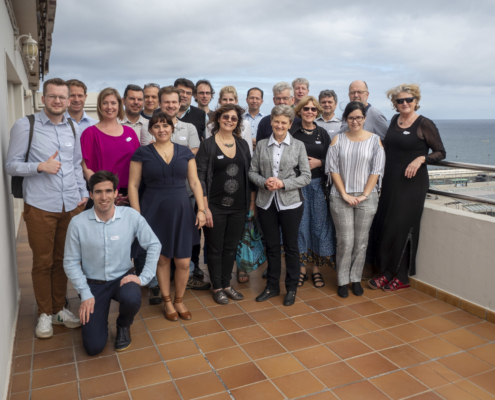
CHPM2030 Roadmapping workshop, Las Palmas
LPRC organised the CHPM2030 Roadmapping Workshop in Las Palmas…
Tag Archive for: international cooperation
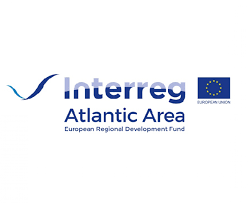 https://www.lapalmacentre.eu/wp-content/uploads/Interreg-Atlantic-logo.png
203
248
Luis Lopes
https://www.lapalmacentre.eu/wp-content/uploads/LPRC-LogoNegative-Blue-1030x275.png
Luis Lopes2025-10-23 11:37:292025-10-23 17:02:07
https://www.lapalmacentre.eu/wp-content/uploads/Interreg-Atlantic-logo.png
203
248
Luis Lopes
https://www.lapalmacentre.eu/wp-content/uploads/LPRC-LogoNegative-Blue-1030x275.png
Luis Lopes2025-10-23 11:37:292025-10-23 17:02:07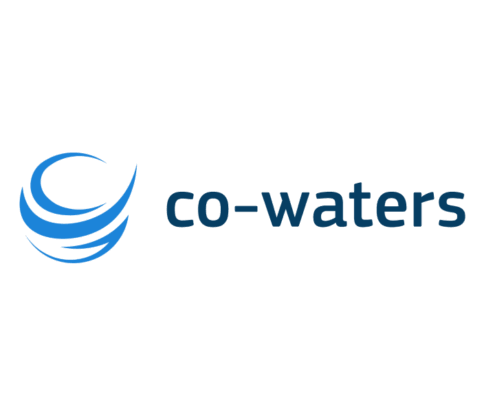 https://www.lapalmacentre.eu/wp-content/uploads/Co-waters-logo-1.png
582
1050
Luis Lopes
https://www.lapalmacentre.eu/wp-content/uploads/LPRC-LogoNegative-Blue-1030x275.png
Luis Lopes2025-10-23 11:26:552025-10-23 17:01:34
https://www.lapalmacentre.eu/wp-content/uploads/Co-waters-logo-1.png
582
1050
Luis Lopes
https://www.lapalmacentre.eu/wp-content/uploads/LPRC-LogoNegative-Blue-1030x275.png
Luis Lopes2025-10-23 11:26:552025-10-23 17:01:34 https://www.lapalmacentre.eu/wp-content/uploads/SOCIAL-MEDIA-PFP.png
768
768
Raquel Pino
https://www.lapalmacentre.eu/wp-content/uploads/LPRC-LogoNegative-Blue-1030x275.png
Raquel Pino2025-01-31 10:28:502025-01-31 10:29:41
https://www.lapalmacentre.eu/wp-content/uploads/SOCIAL-MEDIA-PFP.png
768
768
Raquel Pino
https://www.lapalmacentre.eu/wp-content/uploads/LPRC-LogoNegative-Blue-1030x275.png
Raquel Pino2025-01-31 10:28:502025-01-31 10:29:41